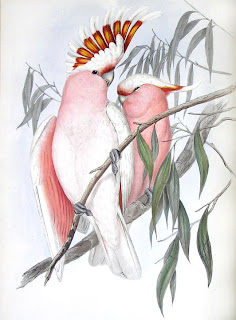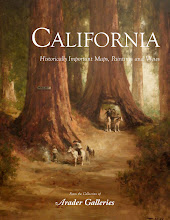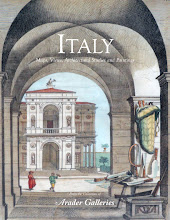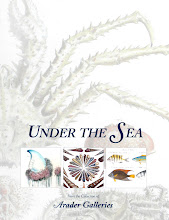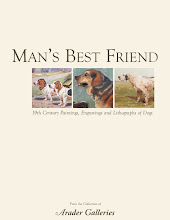 Jacques Barraband (1767-1809)
Jacques Barraband (1767-1809)
La Perrruch Lori Pl. 52
From Histoire Naturelle des Perroquets
Paris: 1801-5
Hand-colored copperplate engravings Pierre Joseph Redoute (1759-1840)
Pierre Joseph Redoute (1759-1840)
From Choix des Plus Belles Fleurs
Paris: 1827-1833
Hand-colored stipple engravings
12 3/4” x 9 1/2”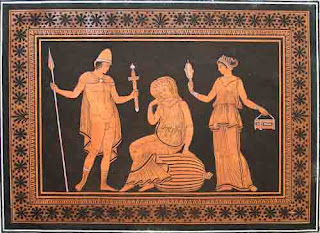 William Hamilton
William Hamilton
From Collection of Etruscan, Greek and Roman Antiquities from the Cabinet of the Honorable William Hamilton…
Naples: 1766-1767
Aquatint engraving in black and terra-cotta ink
25” x 35” framed
As Christmas nears, the dilemma of gift giving becomes more and more evident. Everyone is sure to have one or two difficult people, where coming up with an inspiring gift for him or her seems impossible. Art can be a memorable gift that provides enjoyment for a lifetime. Indeed, art is similar to a perpetuity—the reward potential has no definite end. Furthermore, gifting art can be more than a vehicle for providing someone with a memorable gift, but also an exciting and rewarding process for the benefactor.
In this financial climate, where we are all spending a little more carefully, the pursuit of appropriate gift giving requires additional consideration.* In this spirit, Arader Galleries humbly offers some guidance on the purchase of art and artful things for every budget. First, we are fortunate to live in San Francisco a city with such fine culture, arts foundations, and retail galleries staffed with knowledgeable scholars and gallery owners. When you consider purchasing art, be comforted by the assurance you are selecting from some of the best collections and from the most knowledgeable professionals in the world. Second, art dealers do not expect that just because you came into their store that you are going to buy.
Some questions to ask, particularly if you want to purchase an item as a gift, concern the gallery’s return/exchange policy. For example, if you purchase the work as a gift it is prudent to ask whether the recipient has the option of going back to the gallery and selecting something else if they do not find it suited exactly to his or her taste. Like most galleries and antique dealers in the Jackson Square district of San Francisco, Arader Galleries allow gift recipients to exchange items.
Also, reputable dealers will produce documentation for authenticity and insurance purposes. We, like many gallery owners, offer assurance on the authenticity of everything in our inventory. If it is your first time purchasing from a gallery, do not hesitate to inquire about their authenticity standards and policy.
Gift certificates are a fine option as well. For example, suppose you found a gallery you want to purchase from but are having trouble selecting a piece. Talk to one of the dealers about allocating a sum of money for a certificate, enabling the recipient to select their ideal work of art.
Art galleries can provide valuable installation advice for light sources, hanging fixtures, and climate controls. Arader Galleries provides these services free of charge. Also, we have a terrific collection of reference books to enrich your understanding and appreciation of newly acquired pieces. Indeed, the mark of a collector involves keeping careful documentation on the work, such as place of purchase, value, and respective historical importance.
So with these guidelines in mind, Jackson Square is the premier Bay Area destination for gifting art. If you are interested in antique prints please stop by Arader Galleries. We have the world's largest selection of the works of John James Audubon, Pierre-Joseph Redoute, Giovanni Battista Piranesi, historically important maps, natural history engravings and watercolors, lithographs of the American West, Californiana, Hawaiiana and Western Americana.
The significance of gifting art lies in its ability to generate a communal appreciation for beauty. A true collector buys art for a purpose that stems beyond a show and tell, conversation piece. Rather, a true collector purchases art to share their passion for art with others and what better way to do so than by gifting art. We wish you an entertaining and exquisite holiday season!
*Lucinda Edinberg, “Art for the Holidays,” The Capital 8 Dec. 2008: 1.
 Arader Galleries Holiday Schedule:
Arader Galleries Holiday Schedule:


